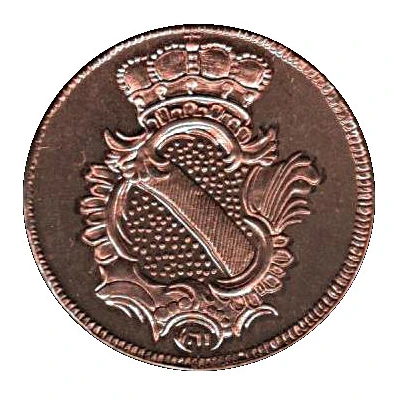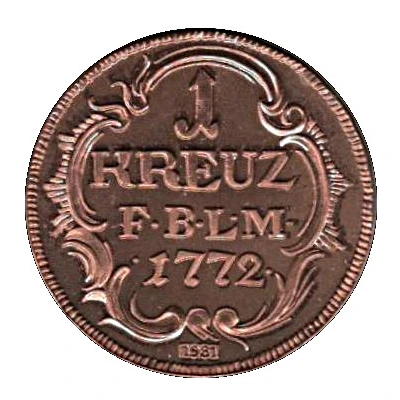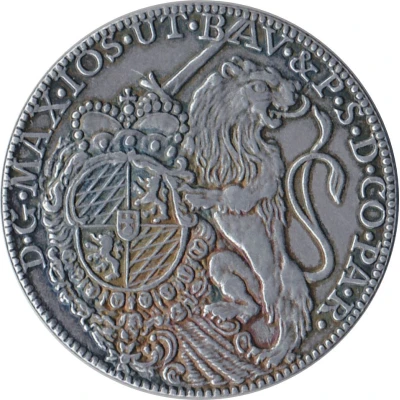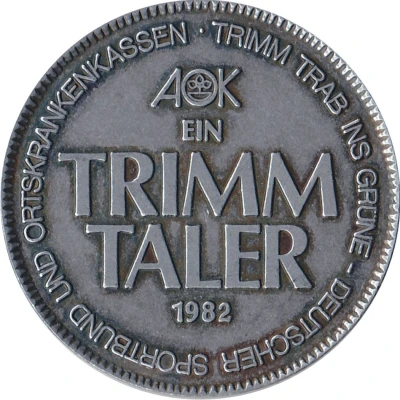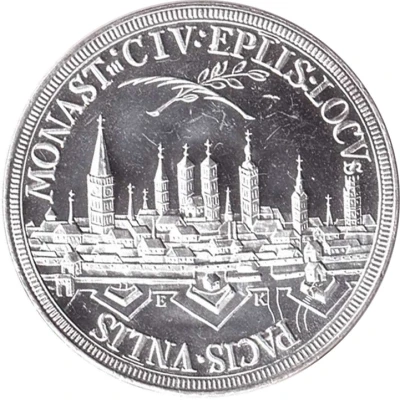
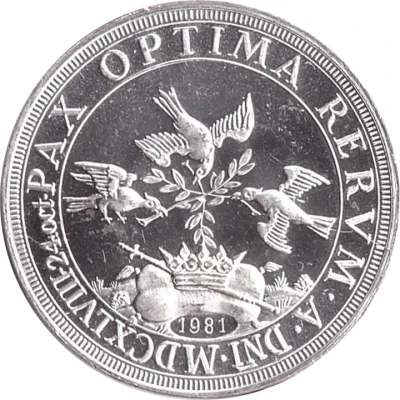

© gringo.l
Replica - Concluding the Peace of Westphalia
1981 year| Silver (.500) | 11.45 g | 30.40 mm |
| Location | Federal Republic of Germany |
|---|---|
| Type | Medals › Coin replicas |
| Year | 1981 |
| Value | 1 Thaler |
| Composition | Silver (.500) |
| Weight | 11.45 g |
| Diameter | 30.40 mm |
| Thickness | 1.88 mm |
| Shape | Round |
| Technique | Milled |
| Orientation | Medal alignment ↑↑ |
| Updated | 2024-11-14 |
| Numista | N#160669 |
|---|---|
| Rarity index | 93% |
Reverse
3 doves holding olive branches over a pillow with crown and scepter.
Script: Latin
Lettering: PAX . OPTIMA . RERVM . A0 DNI . MDCXLVIII.24.oct.
Edge
Plain
Lettering: BANK FUR GEMEIN WIRTSCHAFT BfG
Comment
GERMANY, Münster (Stadt). AR Medal (41mm, 25.38 g, 12h). Commemorating the Concluding of Part of the Peace of Westphalia in Münster. By E. Ketteler. Dated 24 Oct(ober) 1648 (year in Roman numerals). PAX • OPTIMA • RERVM • Ao DNI • MDCXLVIII • 24.OCT (Peace – the best of things – in the year of our Lord 1648 24 Oct[ober]), circle of three doves, each holding an olive branch in beak, flying above a crown and scepter set on cushion, itself set on ground; pellet below o; macron above NI / MONASTm • CIV : EPLIS : LOCVS PACIS • VNLIS (the episcopal city of Münster, the place of universal peace), city view of Münster with its military defenses, seen from a slightly aerial perspective; above, palm frond and olive branch crossed; E K flanking central bastion of curtain wall. Schulman, Pax 124; van Loon –; Compare Hamburger, Kunst-Medaillen 358 (for type, but in gold). Good VF, toned, some light marks, traces of underlying luster. An attractive city view type.In 1648, the Thirty Years' War, which had been one of the longest and most destructive of European conflicts and involved most of the states of continental Europe, was concluded in a series of treaties signed throughout the year. Largely a religious war, it pitted Catholics, led by the Holy Roman Empire, the Catholic League, and the Spanish Empire, against the coalition of Protestant states and allies of central Europe and England, led by Sweden under its warrior-king, Gustavus II Adolphus.
Although known collectively as the Peace of Westphalia, because the treaties were signed in two Westphalian towns (Münster and Osnabrück) over the year 1648, the peace consisted of three separate signings. The first, signed on 30 January between Spain and the Dutch Republic, ended the Eighty Years' War (1568-1648). On 24 October, two further and complementary treaties were signed: one at Osnabrück between The Holy Roman Empire (and its allies) and Sweden (and its allies); the other, commemorated by this medal, between The Holy Roman Empire and France. The treaties were the result of a large diplomatic congress and resulted in a new central European political order. Known later as Westphalian sovereignty, it created the notion of the sovereign state – the first step in the concept of the modern nation-state.
